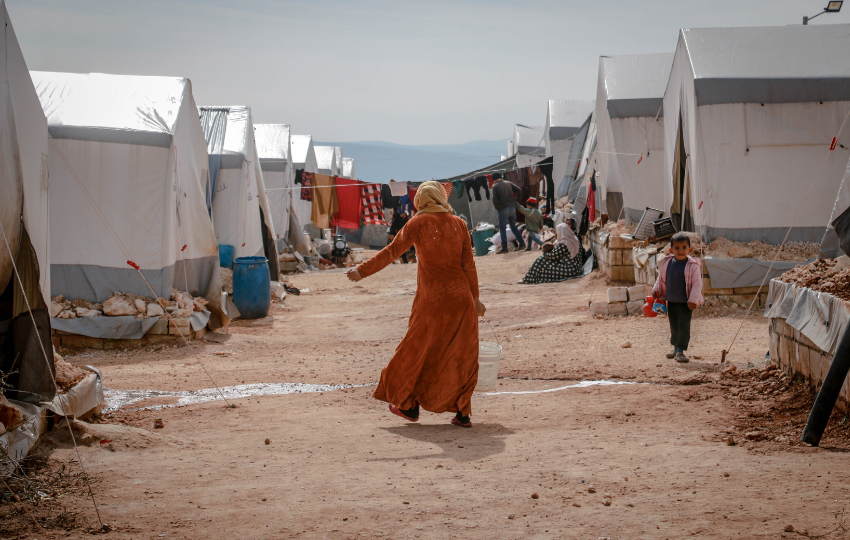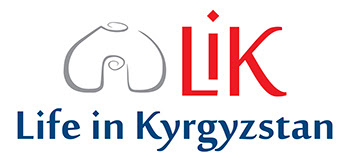Project Background
Climate change vulnerability is particularly high in fragile settings. Adverse climate and weather phenomena are highly prevalent in less developed and unstable countries and a growing body of evidence documents highly adverse impacts of global warming and extreme weather as well as limited adaptation in these settings.
Specifically, exposure to adverse climatic conditions and shocks as well as the harmful coping strategies that households employ as a consequence can exacerbate pre-existing levels of vulnerability further by increasing their sensitivity and decreasing adaptive capacity, putting lives and livelihoods at severe risk.
In the context of refugees in Jordan, a UNHCR report from 2022 indicates that many refugee households live in precarious situations. For example, the report classifies 62 percent of surveyed refugees in host communities as being severely vulnerable, which includes living in informal settlements with poor construction standards and having limited access to key resources like municipal water.
Project Objectives
ISDC is helping UNHCR Jordan to develop a climate change vulnerability index for refugees based on household survey data. This index will plug into UNHCR’s existing Vulnerability Assessment Framework (VAF), which has the following overarching goals:
- collect shared and consistent data on refugees;
- use common vulnerability criteria to target refugees more efficiently with programming; and
- supporting refugee self-reliance by strengthening the coordination of assistance.
Through the development of the new climate change vulnerability index, ISDC and UNHCR Jordan hope to close some key gaps in understanding the different effects of climate change on refugees in Jordan, thus strengthening the VAF as an analytical tool.
Project Details
- Project Year/s: 2023
- Donors: UNHCR
- Region/s: Middle East & North Africa
- Theme/s: Capacity Building · Human Development · Micro-Data Collection · Shocks & Livelihoods
- Research Topic/s: Climate Change · Institutions & Fragility · Migration & Displacement · Poverty & Inequality






